This set is made up of Hispano-Moresque pottery.
Some of the pieces are decorated with geometric motifs inspired by Islamic art. Other pieces have more figurative designs, like the elegant Oranges dish. Lastly, some pieces of pottery are decorated with their owners’ coats of arms.
They are remarkable examples of metallescent ceramics. By adding metal oxides to clay, the highly-refined technique was able to create prestigious pieces of tableware that reflected light in a similar way to metals.
Related to the lusterware produced in the Eastern Mediterranean basin from the 10th century onwards, metallescent ware was imported from Spain after the Muslim conquests. Eastern craftsmen settled in the region of Valencia - where these pieces came from – making it a major production site from the end of the 14th century.
Less onerous than metalwork, these decorative ceramics were highly successful with the European elites, particularly in Tuscany.
However, at the end of the 16th century, Spanish production became standardised, and the quality and colour palette diminished.
This exceptional set was collected by the museum’s first curator, Edmond Du Sommerard. Today, it is the second largest collection of Hispano-Moresque pottery, after that held in the Valencia National Ceramics Museum.

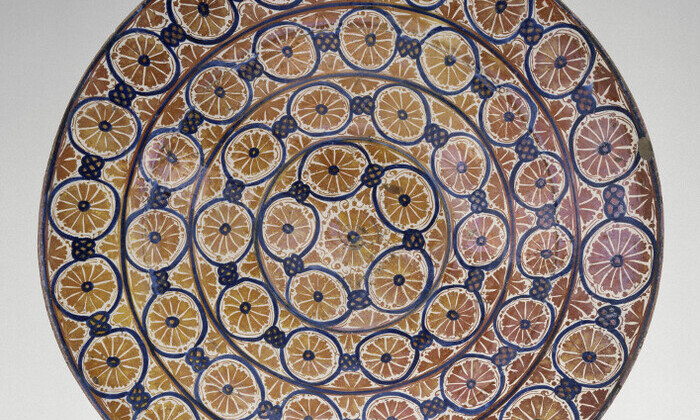
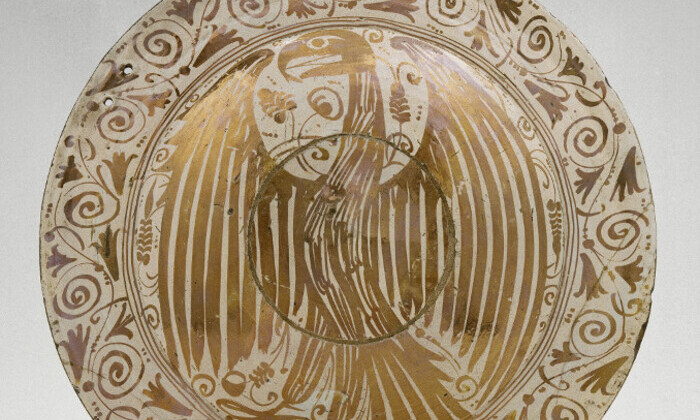
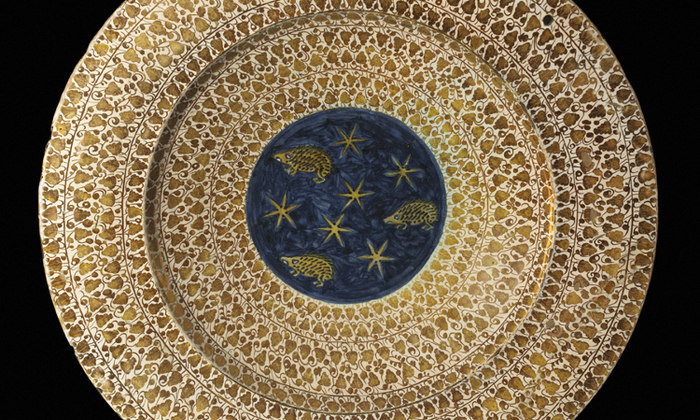
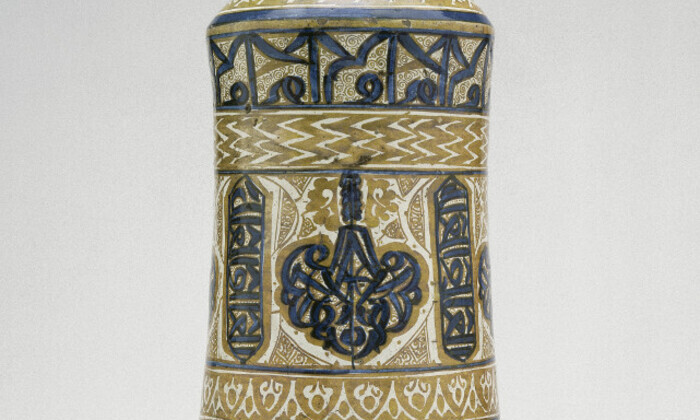
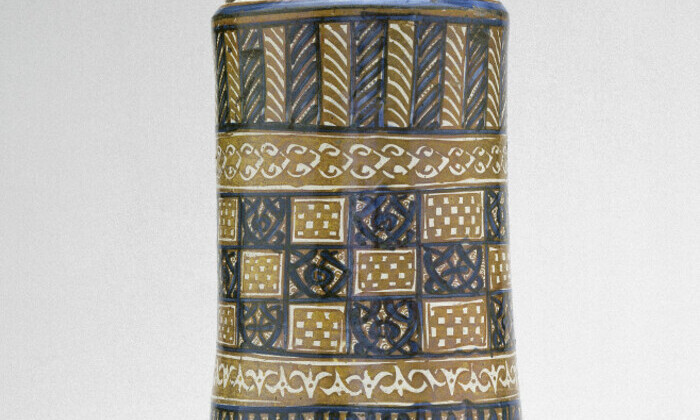
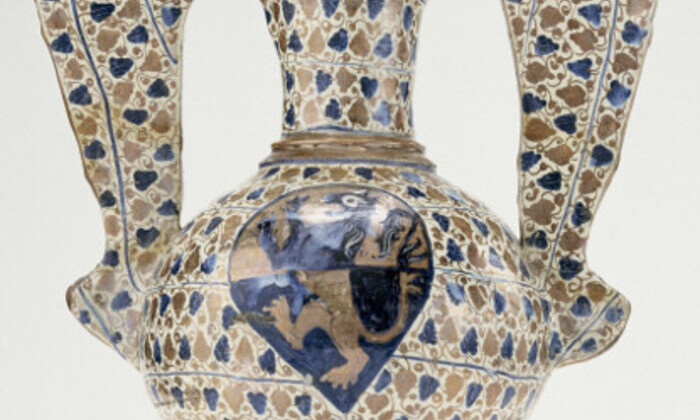







Inventory no : Cl. 2343, Cl. 2119, Cl.2120, Cl. 2240, Cl. 1686, Cl. 7647
Periods : 15th-16th centuries
Technique : metallescent ceramics